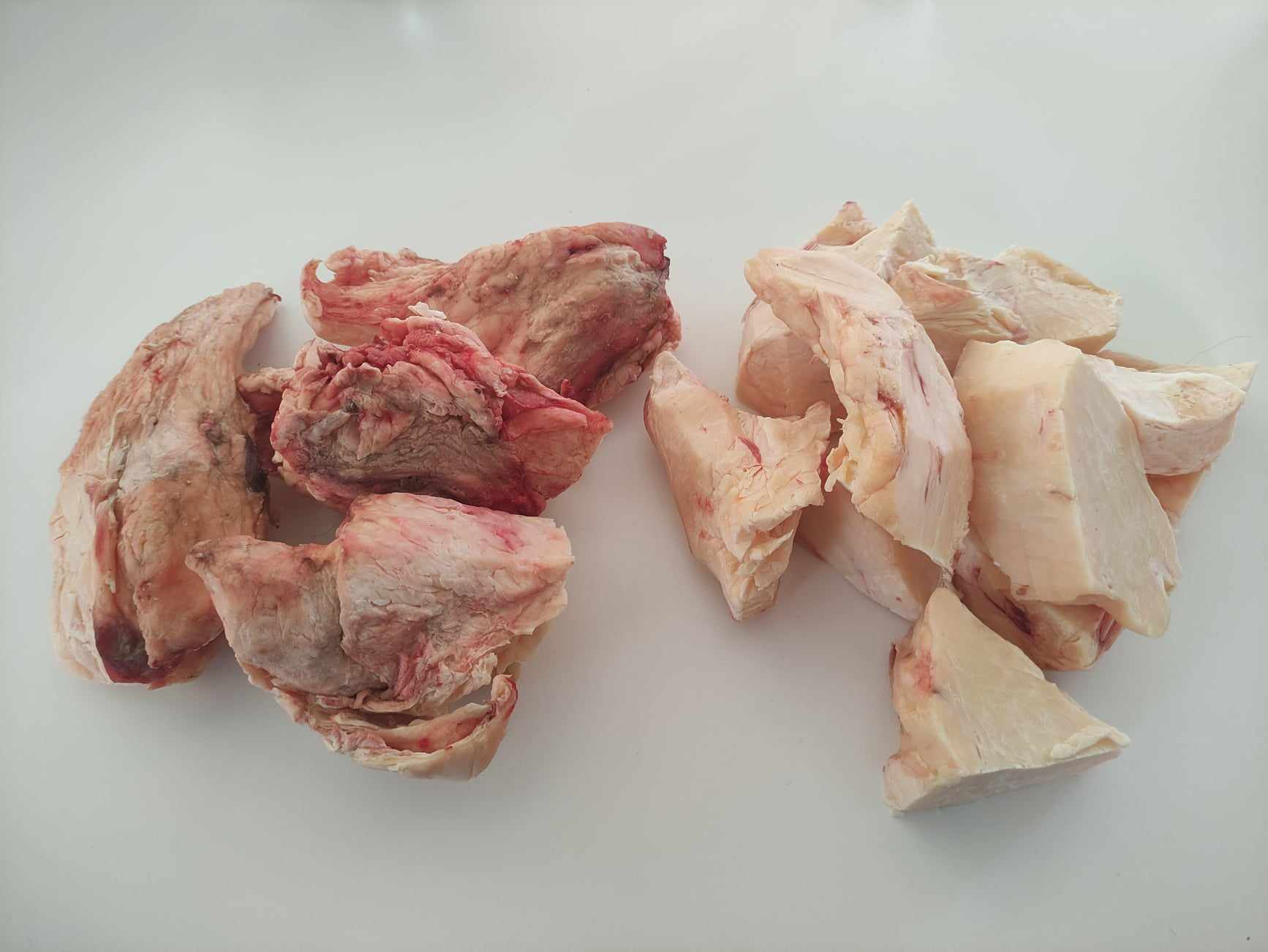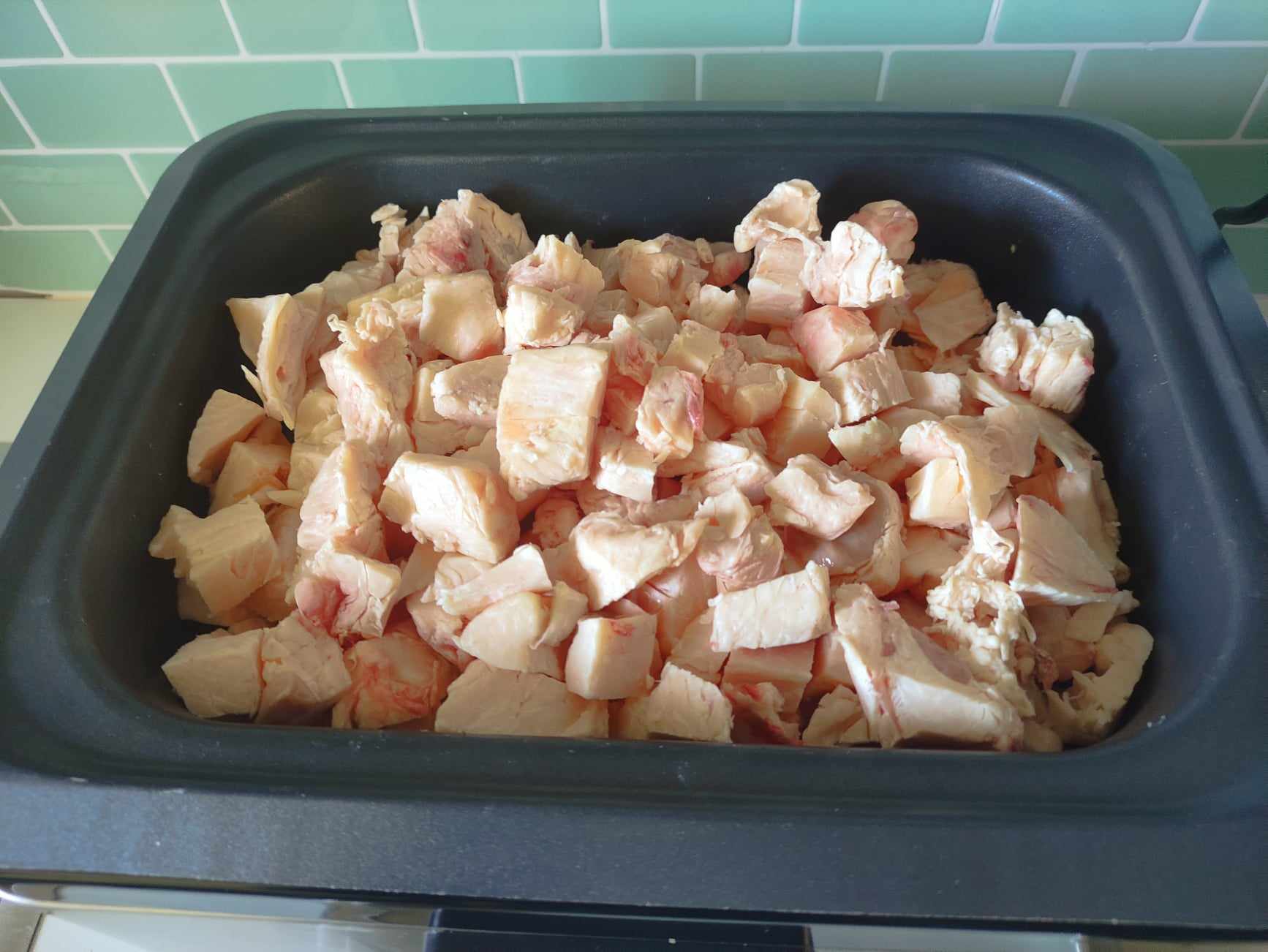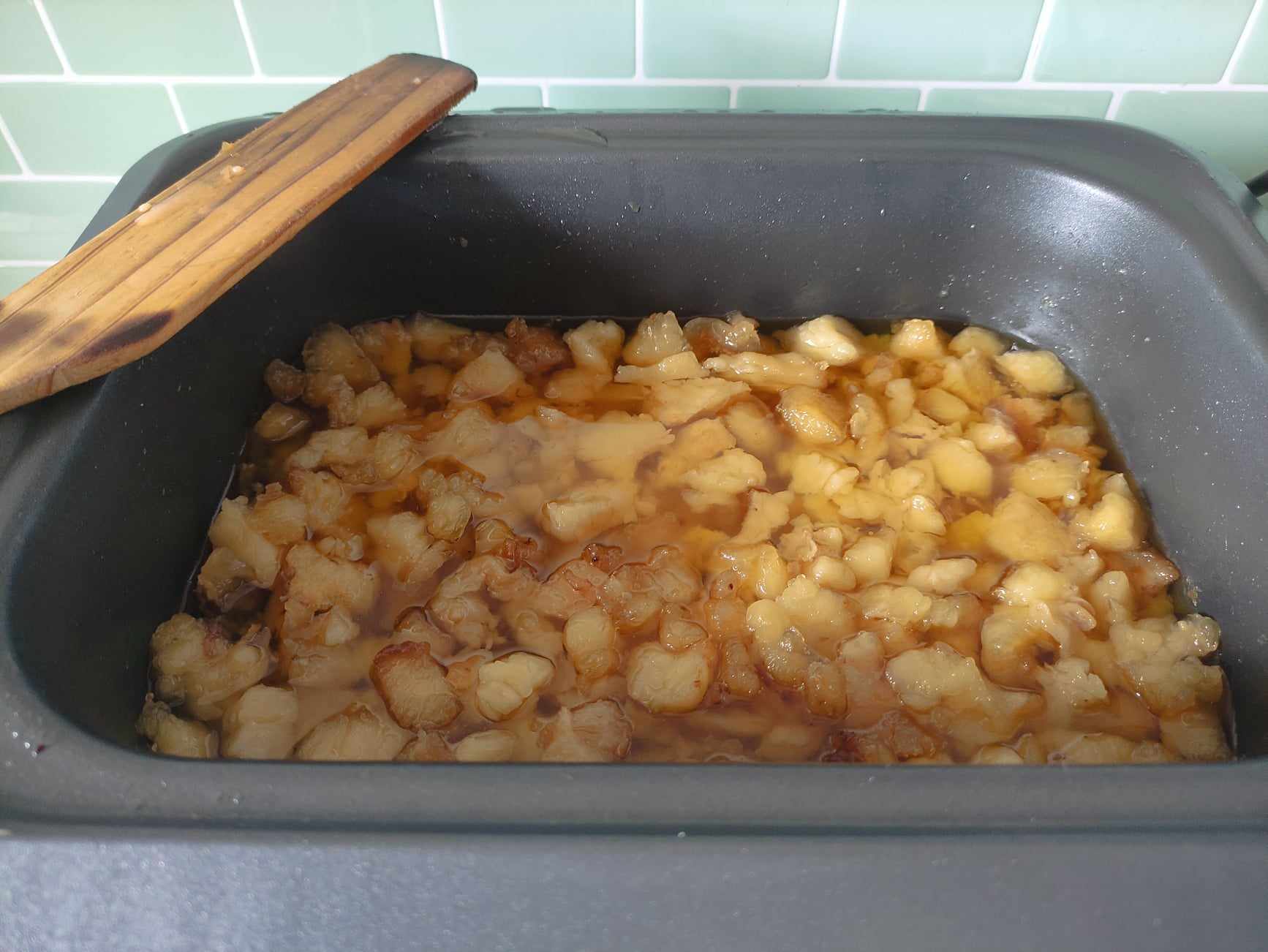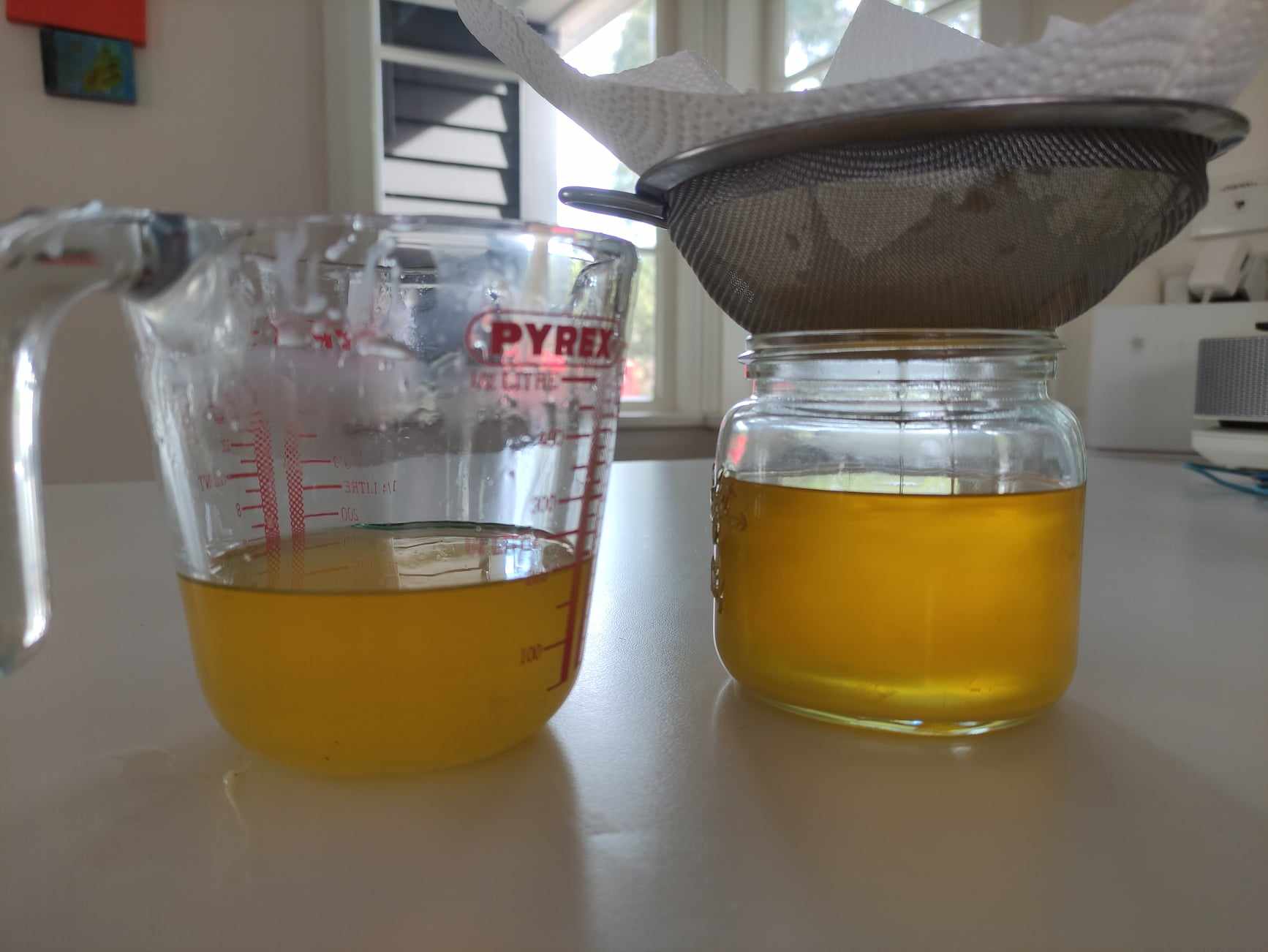What’s the Good Oil About Beef Tallow?
At A Complete Cow, we are about zero waste and full utilisation of our animals. The hard fat of cows is often discarded in processing but it has so many beneficial uses. So let’s dig in and learn a bit about tallow.
Beef tallow is a type of fat that is rendered from the trimmed fat of animals, most commonly from beef or sheep. In this article we are talking about beef tallow: What is it? Why is it beneficial? How can you use it? And more. Grab a cup of bone broth and read on.
Tallow has been used for centuries in various culinary and non-culinary applications. It is a gift from mother nature which has been doing its thing (and getting it right) for millions of years. It is what our grandparents once used for everything in place of vegetable, canola oil, grapeseed oil and all of these other ‘modern’, factory made, highly processed alternatives that are slowly delivering negative health benefits.
Now, I’m not saying to ‘eat’ it in abundance however, two things: as you will see you can do more than just cook with it and second, saturated fat has, over the past 50 plus years, been given a bad rap due to some bad science funded by the sugar industry in the 1960s that was intended specifically to give saturated fat a bad rap in place of sugar.
Health Benefits of Beef Tallow
Unlike traditional fats such as olive oil, coconut oil, butter, ghee, and lard, industrial seed oils are a very recent addition to the human diet… but they are used in abundance. Either off the shelf, thinking we are doing the right thing for our families when we buy canola oil for example or used in highly processed foods that generally are high carb and come in boxes off the super market shelf.
Beef Tallow has several potential health benefits when compared to seed oils like vegetable, palm seed or canola oil:
High Smoke Point: Tallow has a high smoke point, typically around 190-205°C, which makes it suitable for high-heat cooking methods like frying and searing without breaking down and producing harmful compounds (and smoke!)
Stable Fat: Beef tallow is predominantly composed of saturated and monounsaturated fats, which are more stable than the polyunsaturated fats found in many seed oils. This stability reduces the risk of oxidative damage when exposed to heat and light.
Balanced Fat Profile: Tallow contains a balanced ratio of omega-3 to omega-6 fatty acids, unlike some seed oils that are high in omega-6 fatty acids. This ration of high Omega 6 is new to humans and is creating significant poor health outcomes. An imbalanced intake of these fatty acids can contribute to inflammation in the body… and that is a very bad thing for us.
Common Uses for Tallow
Cooking: Tallow is a versatile cooking fat. It can be used for frying, sautéing, roasting, and as a substitute for butter or oil in various recipes, adding a rich, savory flavor to dishes. Check out the recipe and process below.
Soap and Skincare Products: Tallow is used in the production of soap and skincare products due to its moisturizing properties and ability to create a creamy lather. The tallow often used for these products comes specifically from a very high quality fat that surrounds the organs. Watch this space, Claire is working her magic here.
Candles: Historically, tallow has been used to make candles. While less common today from a commercial standpoint, it’s still used for candle-making by some artisans. Check out this video if you want to give it a shot
Leather and Woodworking: Tallow can be used to condition and protect leather goods and woodworking tools.
How to Make Beef Tallow
I started with 4kg of beef fat, trimmed it to 3kg and made a litre of beef tallow. I am sure you could extract more, it is all part of the learning process and this was my first time!
1. Get some Trimmed Fat!: Start by obtaining trimmed fat. Make sure it’s free from any muscle tissue or blood and if there is a bit of that, just trim it off. Buy your trimmed fat from A Complete Cow, just contact Claire for more info. In the picture below I have trimmed the stuff on the right.

2. Cut and Grind: Cut the fat into small pieces or grind it to increase the surface area for rendering. The smaller the pieces, the easier it is for the fat to melt. You can speed this up if you desire by giving it a whizz in a food processor. I tried that and it was a horrible experience for the food processor… so I cubed it up as you see in the picture.

3. Render: Place the fat pieces in a heavy-bottomed pot or pan or even better a slow cooker and heat it slowly over low to medium heat. As the fat melts, it will release liquid fat, and any impurities (bits of meat or connective tissue) will settle to the bottom. In a slow cooker, you can let it run for a full 8 hours. On a stove top, watch for burning! In the slow cooker, I let it go for 8 hours and stirred it occasionally.

4. Strain: Once the fat has completely melted and the impurities have settled, strain the liquid fat through a fine-mesh strainer or cheesecloth to remove any remaining solids. I used a mesh strainer and a paper towel (well several as I replaced them as they clogged).

5. Cool and Store: Allow the tallow to cool and solidify at room temperature or in the refrigerator. Once it’s solid, you can store it in an airtight container. Voila!

Once you’ve made your tallow and it’s stored in a sealed jar or three, it will keep at room temperature for months, in the refrigerator for a year or more and indefinitely in the freezer!
The Final Word on Beef Tallow
It’s important to note that while tallow has potential health benefits with its good ratio of Omega 3 to Omega 6, and a good amount of monosaturated fats, like any fat, it should be consumed in moderation as part of a balanced diet. Additionally, its sourcing and processing can impact its quality, so choosing high-quality, grass-fed tallow is recommended when possible. Oh, you knew that A Complete Cow is grass-fed, regenerative ag top quality, right?
Always consult with a nutritionist (not necessarily your GP as they are pretty light on with nutritional knowledge) if you have specific dietary concerns or restrictions. They will be able to set you straight and most importantly, enjoy getting back to the ways that our grandparents lived. They were lean and healthy for many reasons and eating naturally, is one of them!

